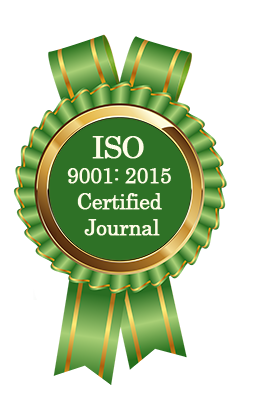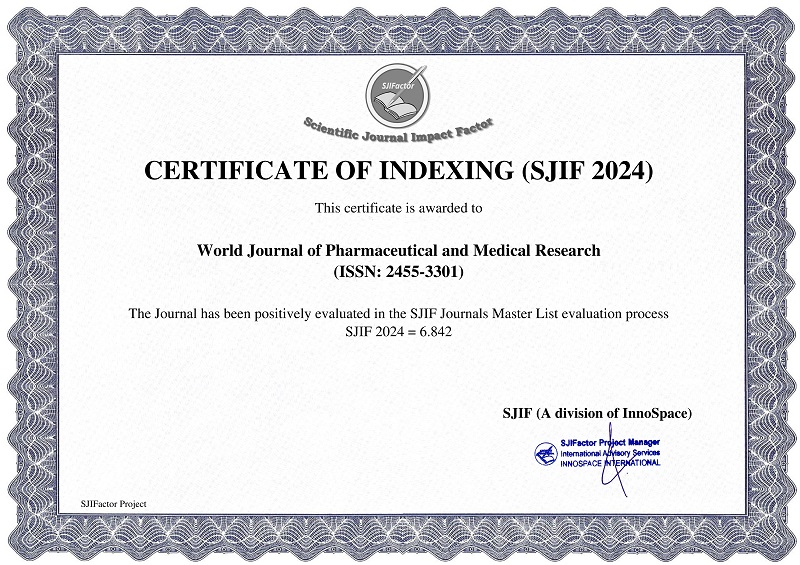A COMPARATIVE ANALYSIS OF AGNIKARMA AND VIDDHAKARMA IN PAIN MANAGEMENT WITH SPECIAL REFERENCE TO GYNAECOLOGICAL DISORDERS
*Dr. Shradddha Chouhan and Dr. Nayana Ram M.
ABSTRACT
Agnikarma (therapeutic cauterization) and Viddhakarma (therapeutic puncture) are two significant para-surgical procedures described in Ayurvedic classics, particularly in the Sushruta Samhita, under the domain of Anushastra Karma (non-invasive/minimally invasive therapies). These procedures have long been employed in the management of musculoskeletal and neurological conditions characterized by Vata dominance, such as sciatica, frozen shoulder, cervical spondylosis, and localized pain syndromes. Contemporary clinical studies reveals their utility not only in orthopedic and neuromuscular disorders but also in chronic pelvic pain conditions such as pelvic inflammatory disease (PID), cervical erosion, and endometriosis. Agnikarma offers localized pain relief, haemostasis, and tissue cauterization, making it beneficial in erosive cervical lesions, while Viddhakarma improves circulation, reduces congestion, and alleviates deep-seated pelvic discomfort. This article presents a comparative analysis of Agnikarma and Viddhakarma based on their classical descriptions, indications, instruments, and mode of action, and explores their relevance in the context of contemporary clinical practice. A thorough review of Brihattrayi, Nighantus, and modern Ayurvedic literature was conducted along with an appraisal of recent clinical studies and case reports. The mechanisms of action were interpreted both through Ayurvedic principles (Dosha pacification, Srotoshodhana, Vata nashana) and modern analogies such as thermal denervation (in Agnikarma) and neuromuscular stimulation (in Viddhakarma). The analysis reveals that both therapies offer safe, cost-effective, and drugless options for chronic pain management. With rising interest in integrative and non-pharmacological interventions, these age-old Ayurvedic practices hold great promise and merit further standardization and clinical validation in modern healthcare systems.
[Full Text Article] [Download Certificate]



